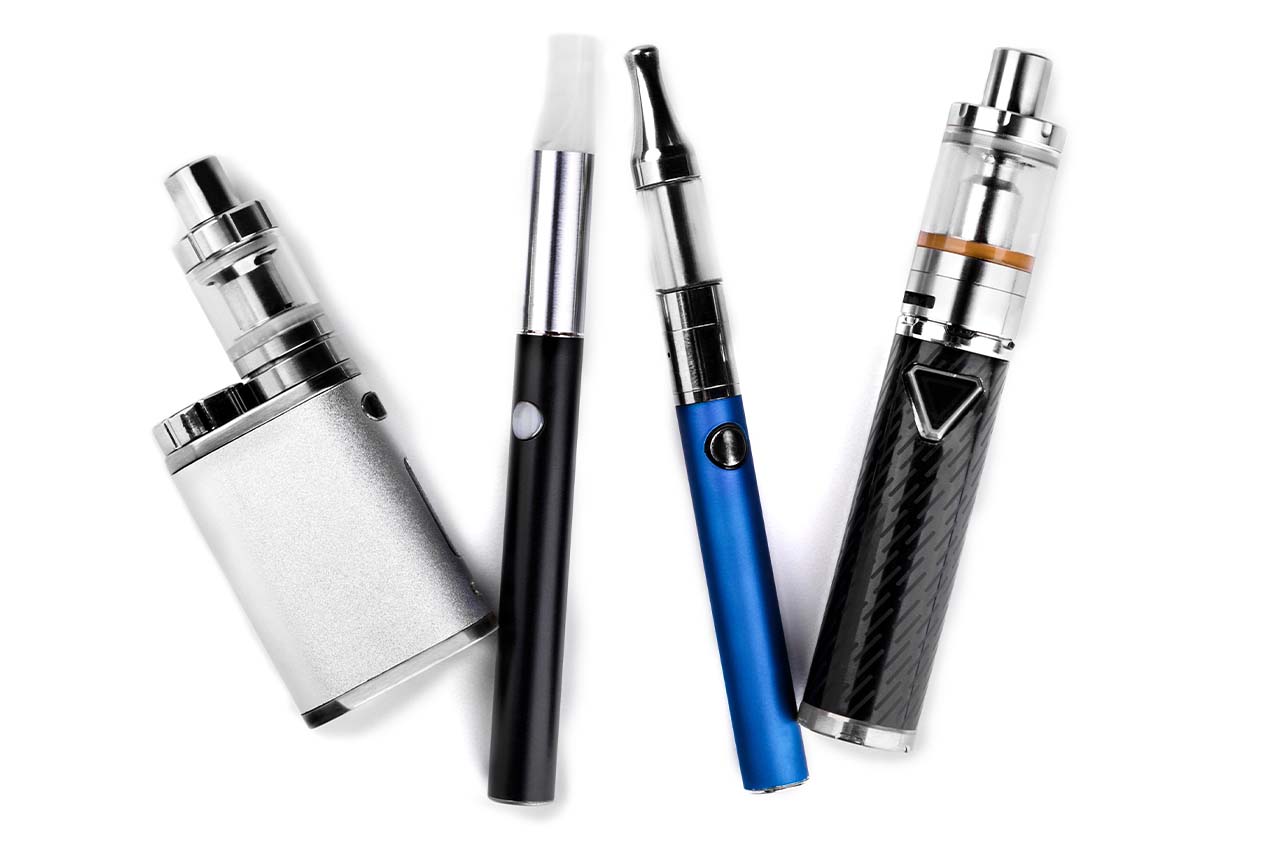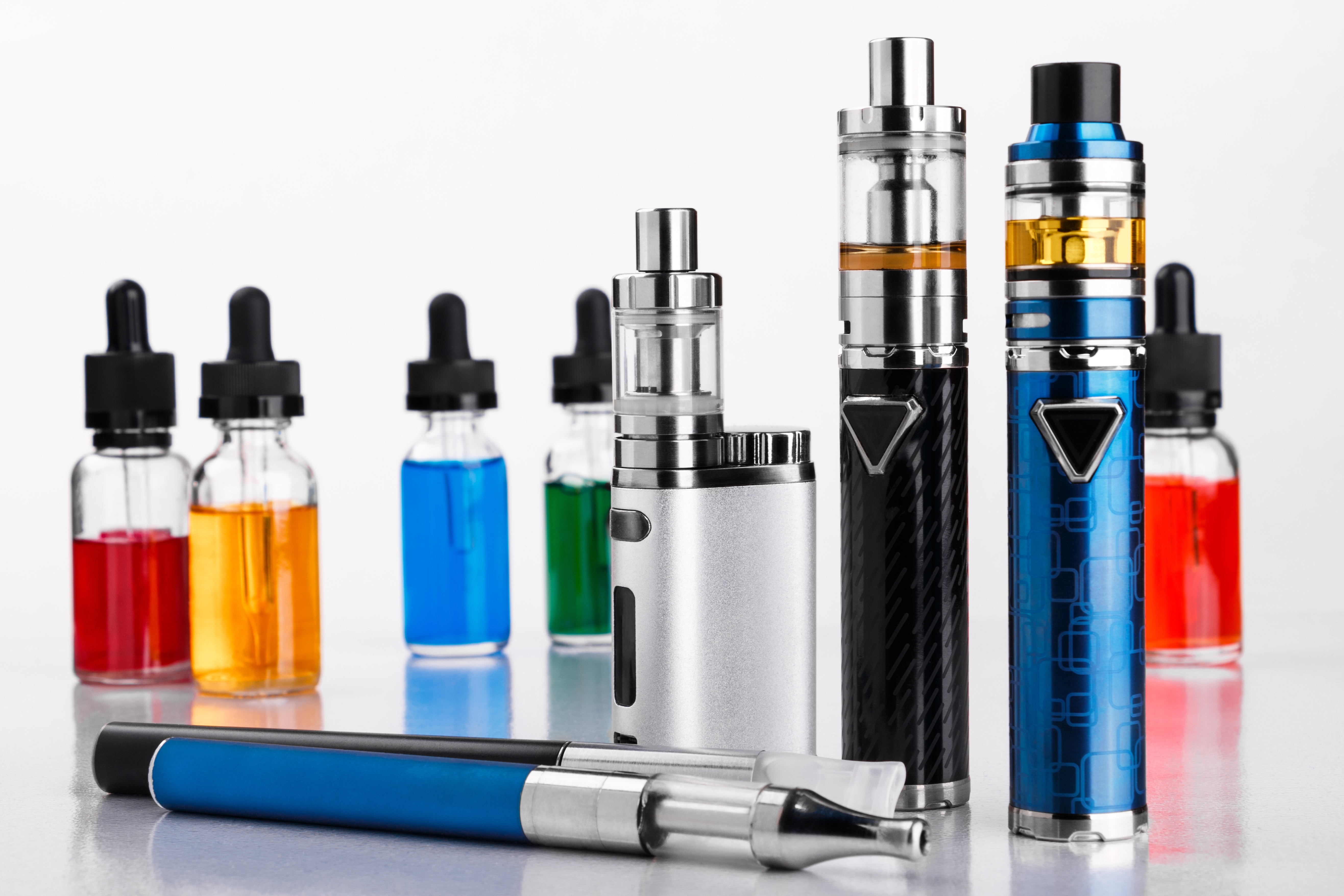E-Cigarette Use is an Important Public Health Problem in the United States
The most prevalent form of nicotine product amongst middle and high school students in the United States are e-cigarettes. E-cigarettes are battery powered devices that include nicotine and other additives in the form of an aerosol.1 E-cigarettes are different from cigarettes in that they come in different sizes and shapes and are comprised of multiple components (e.g., juice, device, battery). E-cigarette marketing claims (e.g. of product safety) are important drivers of e-cigarette uptake and use among young people.2,3 E-cigarettes emit toxic substances, and their use leads to nicotine dependence and increased risk of cigarette smoking initiation among young people.4,5 As a result, the FDA Commissioner declared in 2018 that e-cigarette use among youth reached “nothing short of an epidemic proportion of growth”.6
According to the National Youth Tobacco Survey in 2016, the most common reasons for e-cigarette use amongst youth include the assumptions that e-cigarettes are less harmful than cigarettes, the variety and availability of flavors, and the social exposure to e-cigarettes from friends and family.7 The National Youth Tobacco Survey (NYTS) assessed self-reported reasons for e-cigarette use among middle and high school students in the US. The most commonly selected reasons for US middle and high school students who reported having used e-cigarettes during the past 30 days were used by “friend or family member” (39%), availability of “flavors such as mint, candy, fruit, or chocolate” (31.0%) and the belief that “they are less harmful than other forms of tobacco such as cigarettes” (17.1%).8 During 2017-2018, e-cigarette use increased considerably among U.S middle and high school students.







